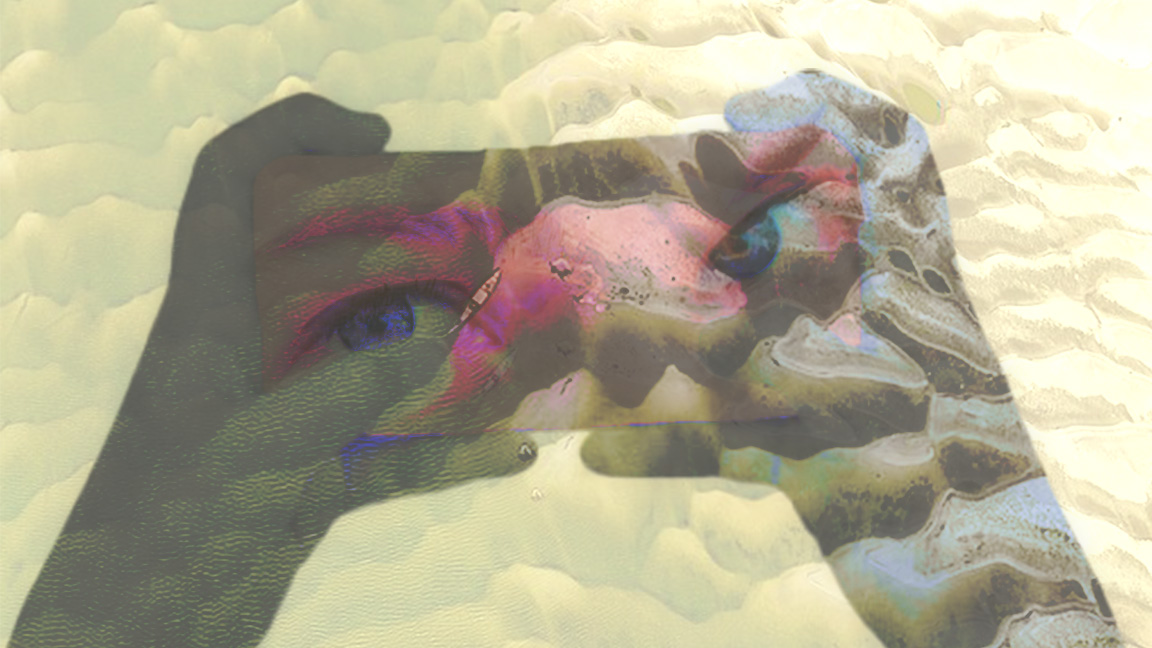The celebration of old racist people does not belong on schools, or in public squares. The history of Canada soaked in blood and beaver pelts, and to celebrate this history is the height of continued colonization. That being said, to tear down the statues and pursue a “fresh start” is foolish. Canadians need to remember John A. Macdonald for what he was objectively impressive, like all evil in this world.
Evil needs to be remembered in the context it was practised in. Thus, statues and signage of John A. Macdonald need not be torn down, but instead must be relocated. For schools, this could involve creating a display case explaining why it is morally defunct to have the name of a racist drunk on the same place where people learn not to pee their pants, among other things.
The statues could be put in museums, and educate children about the benefits of not being a racist drunk and saying heinous shit like this:
“I have not hesitated to tell this House, again and again, that we could not always hope to maintain peace with the Indians; that the savage was still a savage, and that until he ceased to be savage, we were always in danger of a collision ... I am only surprised that we have been able so long to maintain peace” John A. Macdonald 1880
The pearl clutching of those who oppose removing Mr. Macdonald's name from schools and other public buildings is tiresome, but predictable. Mainstream media portrays those who advocate for renaming of buildings as a frothing at the mouth mob which in turn incentivizes pearl clutching. Nothing sells papers like convincing people that there is a group of people who are looking to turn Canada into a place that respects the struggle of indigenous peoples hates Canada.
The pearl clutchers worry about erasure of history, when the goal of the progressive left is centered on balancing the narrative to include the stories of those who were on the losing side of history. There will always be people who insist that Canada’s first prime minister was just a misunderstood man who did what he did because he had to, not because he wanted to. A quick google search dispels this notion but people are entitled to hold onto the myths that give them hope whether it be Jesus or Sir John A they worship.
That being said, the progressive left in Canada could do themselves some favour and amend their language to coddle the conservatives in this country. The wording on the left has centered on the phrase “tear” in regards to these statues, implying forceful removal. To tear down the statues and throw them into a tailings pond would be indicative of liberal blindness to history. To do so would be to take a step into the Ostrich’s wheelhouse, embracing sand in our ears as opposed to the reality of settler colonialism.
Those on the left should pivot towards the word “relocation” of statues, to let conservatives know that they are not planning to go full scorched earth policy on public monuments. This would involve taking big bronze people that were the architects of cultural genocide, and moving them into museums where both sides of history could be presented side by side. Surely Canadians should not forget all of the heinous things that we wrongly celebrate.
This is how the left can differentiate itself from other revolutionary movements in the past that have elected to create a “fresh start.” Revolutions in the past have overthrown previous oppressive states and summarily assumed the positions of dictators. No matter what Ezra Levant or Jordan Peterson tells you, this is not what the progressive left wants to do.
What the progressive left does want is reconciliation and decolonization with the First Nations struggling in Canada. Monuments are a tiny part of this process, but the fact that there is this much push back from old-stock Canadians on this issue shows that there is much work to be done. Let’s make museums great again with a stimulus package of statues of old racist white men.


.png)


.jpg)


.jpeg)



.jpg)

.jpg)







.png)